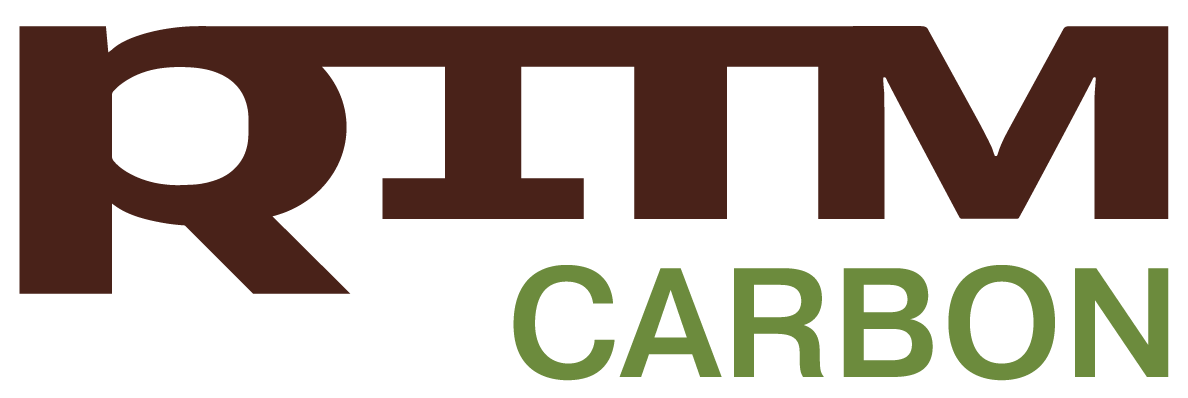Wetlands play a significant role in regulating the carbon balance of the planet: they absorb carbon dioxide and accumulate carbon. Karelian scientists are currently engaged in assessing the carbon stocks in the wetland ecosystems of the republic. The works are being carried out within the framework of the key innovative government project, which involves the creation of a unified national system for monitoring climatically active substances.
As part of the key innovative government project, the Unified National System for Monitoring Climatically Active Substances, the Karelian Scientific Center of the Russian Academy of Sciences is implementing two projects:
- Assessing carbon pools in wetland ecosystems and agricultural landscapes of the Republic of Karelia; developing a monitoring system for measuring carbon fluxes in agricultural landscapes of the region;
- Developing a system for monitoring the carbon budget in the forests of Eastern Fennoscandia.
Within the framework of the first project, field studies of wetland ecosystems began with the laying of sampling areas. To do this, experts chose the Koivu-Lambisuo swamp system — the region’s wetland reserve — as a testing ground in Karelia. It is part of the forest and wetland station Kindasovo of the Karelian Scientific Center of the Russian Academy of Sciences.
In the Koivu-Lambisuo wetland system, the most common types of wetland massifs in the middle Karelia are represented: Karelian ridge-pool high moor, Karelian aapa moor, transitional grass sphagnum swamp, forested moss moor, transitional and lowland swamps.
“Some of the swamps found in the territory are in a natural state, some of them were reclaimed for forestry in the early 1970s. Test areas, where a complex of biogeocenological, forestry, and hydrological studies were carried out, were laid there at that same time. A number of studies are ongoing. The findings of the studies served as the basis for classical publications in the field of domestic wetland science and forest reclamation,” said Stanislav Kutenkov, Head of the Laboratory of Wetland Ecosystems of the Institute of Biology, the Karelian Scientific Center RAS.
For the studies under the project, nine sampling areas, three in each of the main types of wetlands, were laid at the Koivu-Lambisuo swamp in May. During 2023 and in the future, works will be carried out in the sampling areas to assess carbon pools in peat, above-ground and underground phytomass, as well as primary plant production.
During the first stage, the researchers set up experiments in the sampling areas to determine the linear growth of sphagnum mosses using several methods. Thus, the method of “brushes” was used to measure the linear growth of erect mosses. In dense sod of moss, a “brush” is fixed with bristles at the beginning of the growing season, against which the vertical growth of moss is subsequently estimated. A total of 120 “brushes” have been installed now.
The classical method of dressings was used to measure the linear growth of both erect and lying, primarily pool, sphagnum species. It consists in the fact that, at the beginning of the growing season, a “mark” being a woven thread is carefully tied under the top, and at the end of the season, its position is estimated by how big the moss has grown. The method can be applied to all types of sphagnum mosses and has long been practiced by the laboratory of wetland ecosystems; there has been a long series of observations of the growth of various species. As part of the project, markings were made in 23 moss turfs, and in total, 1,150 individual sprouts were marked.
Researchers also measured the annual linear growth of sphagnum mosses over the past year by the method of geotropical bending.
A special property of sphagnum mosses is vertical growth, which they strive for constantly. This leads to the development of geotropical bends after the lodging of mosses, externally caused or resulting from own growth, especially under the pressure of snow in winter. Thus, the bends can serve as natural markers of the annual growth of sphagnum mosses. In the course of the works, due to the presence of bends, it was possible to estimate the linear increase in mosses over 2022. Different species have different linear growth rates, and for the mosses studied, it averaged from 1.7 to 4.2 cm.
Finally, the researchers recorded the density of sphagnum moss shoots at 10×10 cm sites. The sphagnum cover consists of a huge number of individual shoots. To assess the primary production of sphagnum mosses, in addition to their linear increase, it is necessary to know the number of shoots per unit area of the swamp, or density. Recording was carried out in sods of all the main species of mosses in each sampling area; in total, the density was estimated at 70 sites. Different types of sphagnums have different densities. In addition, even within the same species, it varies significantly, depending on the growing conditions. The lowest density averaged 68 sprouts/dm2, the maximum — 508 sprouts/dm2. Such a high density has the usual appearance of bumps and ridges of northern swamps — Sphagnumfuscum, while it has a significant variation in density values, from 292 to 723 sprouts/dm2.
The main scope of works on the trial plots will take place in the late summer, when the plants gain maximum phytomass. The growth of sphagnum mosses and, accordingly, primary production will be assessed in the autumn, at the end of the growing season.
Source: http://www.krc.karelia.ru/news.php?id=5164&plang=r
